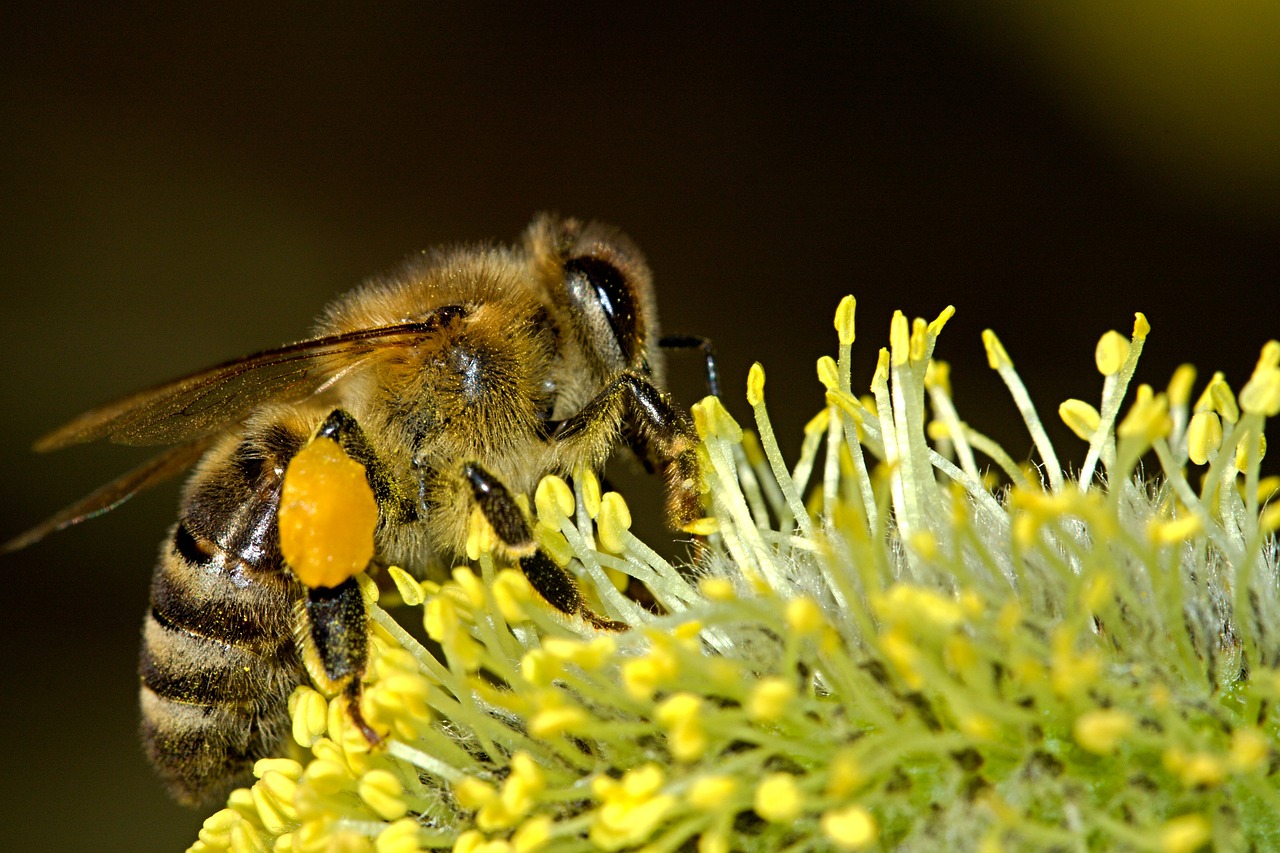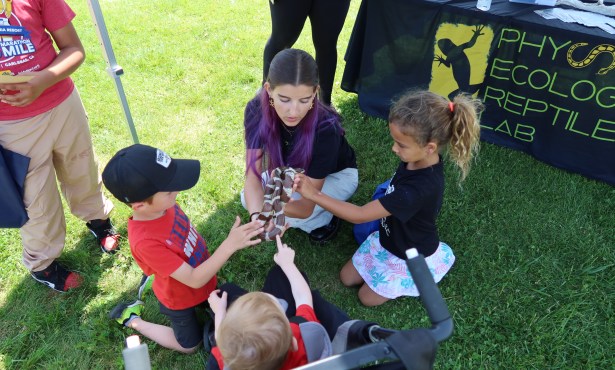Buzz On, Honey Bees
Celebrating the Black-and-Yellow Buzzing Bug on National Honey Bee Day

For many, the honey bee we are most familiar with is Honey Nut Cheerios’ spokesperson (or spokesbee) BuzzBee, the little character who wears an orange T-shirt and trendy sneakers, often seen waxing poetic about heart health in TV commercials and on the cover of cereal boxes. But these days, the simple, anatomically correct honey bee has also become a mascot for a cause — that of protecting the environment since so much of our planet’s flora and fauna rely on bees.
A national holiday to recognize the honey bee occurs on the third Saturday of every August, this year on August 17, the 10th anniversary of National Honey Bee Day. The holiday was created back in 2009 by former U.S. Secretary of Agriculture Tom Vilsack for the purpose of bringing together beekeepers and bee enthusiasts, as well as anyone who wants to participate in an appreciation of the insect and its role in all our lives.
As vital as the charismatic black-and-yellow striped bug may be, its role in North America’s ecological history is somewhat tumultuous. Like many of the food crops and livestock that make up the American diet, honey bees are not native to the continent. Some scientists have even pointed out that they can hinder the survival of native, wild bee species. But the truth is “without honey bees, we don’t have enough other pollinators to pollinate all the food we grow,” said master beekeeper and bee expert Nick Wigle.
California crops like almonds, avocados, and blueberries are highly, if not entirely, dependent on pollination by these bees. In a world without them, we would lose these staples of California culture. We would also lose beekeepers. Like the general trend with the agricultural sector across the country, Wigle related, the beekeeping industry direly needs more young people to enter the vocation, since most are of retirement age or even older.
Honey bees also serve another important purpose: as the canary in the coal mine for the state of other pollinator species because they’re much easier to observe than their wild counterparts, Wigle said. And it’s important to protect all kinds of pollinators. National Geographic recommended supporting conservation efforts as a method of preserving all bee species. That means more natural spaces with diverse plant species that bloom at various points throughout the year. Ultimately, such actions benefit not only bees, but plants and other animals (including we humans).
Today, in Santa Barbara County, the honey bees buzz strong. After years of drought, the rains of the last one to two years have improved the bees’ access to nutritional resources. But one good year doesn’t make up for the previous seven poor ones, Wigle said. The honey bee still needs our protection. Not only today, but each and every day of the year.
If you have an interest in what it takes to be a beekeeper, visit the Santa Barbara Beekeepers Association at http://sbba.org/.



